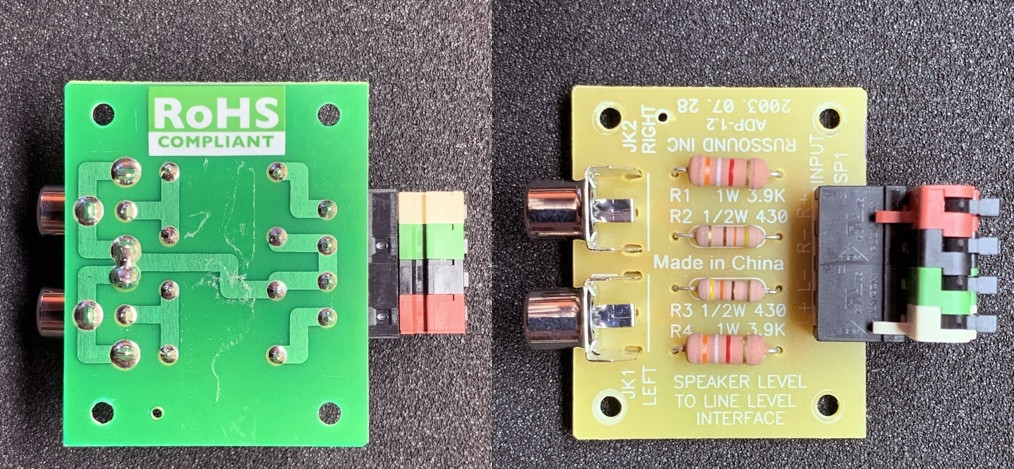Ultimately you want a voltage, so it will be easier to think in terms of the voltage out of your amp. You say your amp has "120 W" output. Presumably that is maximum into a 8 Ω load. Sqrt(120W x 8Ω) = 31 V, which is the maximum RMS voltage from your amplifier. You want to get that down to 1 V or so, so something like this would work:

However, that would require cranking your power amp to maximum gain to get the full line voltage signal. I'd probably attenuate by only half as much, which means making R1 1.5 kΩ or thereabouts. Whatever the line level signal is fed into isn't going to get hurt by 2 V instead of 1 V, just that it will be very loud and may get clipped. That would be a clue to turn down the volume going into the power amp.
Keep the power dissipation of R1 in mind. The voltages accross R1 and R2 will have a ratio of R1/R2. When 1 V is accross R2 in the example above, then 30 V will be accross R1. (30V)2/3kΩ = 300 mW, so a "1/4 W" resistor isn't enough.


